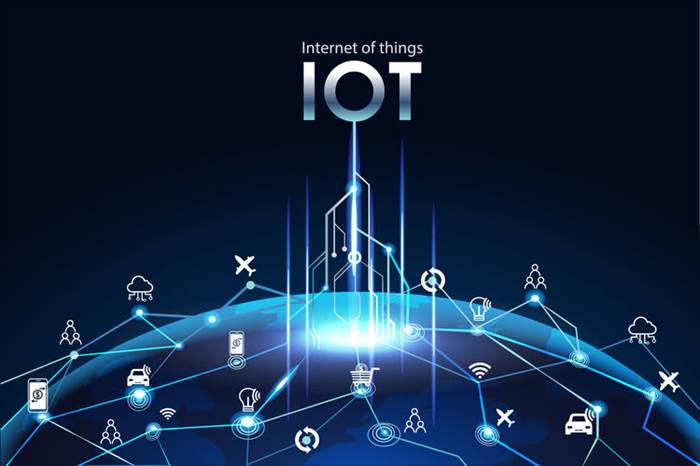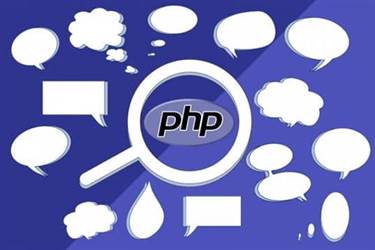Before delving into the specifics of fog computing and cloud computing, it’s important to know the nature of IoT initiatives and their distinctive requirements. IoT initiatives contain a community of interconnected devices that acquire and exchange data in real-time. These units can range from sensors and actuators to wearables and industrial equipment.

Additionally, consider integrating each fog computing and cloud computing to leverage the advantages of each models. Ultimately, choosing the right computing model will make positive the success of your IoT project. This type of fog computing depends on the computing power of edge devices to course of and analyze knowledge.
Cloud Computing Vs Fog Computing: Key Differences
The key necessities of IoT tasks include low latency, scalability, reliability, and knowledge privateness. Both fog computing and cloud computing purpose to handle these requirements, albeit in different ways. There is another method to data processing similar to fog computing — edge computing. The essence is that data is processed directly on devices without sending it to different nodes or data facilities. Edge computing is especially beneficial for IoT initiatives because it supplies bandwidth financial savings and improved knowledge safety.

Cloud suppliers usually make use of security measures, such as encryption and access controls, however the information is finally entrusted to the cloud provider’s infrastructure. However, fog computing is a extra viable option for managing high-level safety patches and minimizing bandwidth points. Fog computing permits us to find information on each node on native assets, thus making knowledge analysis more accessible.
But fog computing can’t work by itself as a result of it doesn’t create knowledge; it needs Edge computing. Both methods are nice as a outcome of they enhance user experiences, assist information transfer easily, and reduce delays. With the constant technological advances, we now face day by day challenges to decide which technology is more superior and environment friendly. Cloud, edge computing, and fog computing are a few technological advances made through the years.
Ultimately, solely careful analysis can help you make the most effective decision for your group. We at Seaflux are your devoted partners within the ever-evolving landscape of Cloud Computing. Whether you are considering a seamless cloud migration, exploring the chances of Kubernetes deployment, or harnessing the ability of AWS serverless structure, Seaflux is right here to cleared the path. However, the disadvantage to this system is that the data despatched to the cloud is huge and could be inefficient.
Fog computing, also known as fog networking, is a dispersed computing system where knowledge is conceptually saved in a location between the information supply and the cloud. The present developments have altered, and all companies are demonstrating an curiosity in know-how innovation. Edge computing is transferring IT companies nearer to the information creation or consumption supply.
Web Connectivity Requirement
The nodes can immediately detect anomalies within the crowd and alert authorities routinely in case of any signal of violence. Fog computing wants totally different wireless (WLAN, WiFi, 3G, 4G) or wired communication. Team and consumer collaboration are different benefits of cloud-based solutions. This characteristic is very useful for corporations with a hybrid or remote staff.
- Edge and fog computing are modern expertise approaches which might be gaining popularity.
- Cloud computing presents you the efficiency needed for modern-day applications.
- To counter this issue, the collected knowledge has to move a fog layer before reaching the cloud.
- Although these instruments are resource-constrained in comparability with cloud servers, the geological unfold and decentralized nature help present dependable companies with coverage over a large space.
Cars can transmit road situation knowledge through fog computing to share instantly with close by drivers about potential hazards. Cloud computing provides you the efficiency wanted for modern-day applications. Moreover, it facilitates real-time communication for personal and business purposes. However, it fails to address challenges such as high bandwidth and low latency. However, cloud computing experiences excessive latency as a outcome of the data has to travel to the centralized server. The centralized nature of a cloud system results in excessive latency, while fog systems experience low latency as a end result of their decentralized nature.
Fog Computing Vs Cloud Computing
The demand for info is increasing the overall networking channels. And to take care of this, companies like fog computing and cloud computing are used to rapidly handle and disseminate data to the top of the customers. However, Fog computing utilizes a way more distributed setup, with numerous smaller server clusters situated at varied points throughout the network. This makes fog computing much more environment friendly when it comes to resources, leading to quicker communication speeds and decrease latency when in comparison with cloud computing. As a result, while we take a comparability of fog computing and cloud computing, we will witness many advantages. But in terms of information integration, fog computing presents a transparent advantage due to its improved processing speed and adaptability.

This kind of fog computing combines both client-based and server-based fog computing. Hybrid fog computing is good for applications that require a mix of real-time processing and high computing energy. While fog computing has some advantages over cloud computing, it isn’t more doubtless to exchange it totally. Fog computing is extra environment friendly as a end result of knowledge is processed nearer to the source, which reduces latency.
It helps you automate certain actions out of your sensible residence system, such as thermostats, sprinklers, intercoms, and alarms. Cloud computing needs 24/7 web access for its operations, whereas the relaxation of the two can function without web entry. This weblog covers quite a few subjects on industrial automation corresponding to operations & administration, steady & batch processing, connectivity, manufacturing & machine management, and Industry 4 https://www.globalcloudteam.com/.0. If you’re in search of the best dedicated server supplier to increase efficiency, contact RedSwitches at present. We offer a broad range of providers at unbeatable costs that may be personalized in every means to swimsuit your needs. As a end result, the demand for quick and sustainable ways to process huge quantities of information has risen.
Advantages Of Cloud Computing:
By processing data closer to the source, fog computing can cut back latency and improve system efficiency. This is especially necessary for functions that require real-time knowledge processing, similar to industrial IoT and autonomous automobiles. On one hand, cloud computing is extremely depending on having a robust and reliable core community. Without a high-quality community, knowledge can turn out to be corrupted or lost, which can have severe consequences for users.
According to Statista, by 2020, there shall be 30 billion IoT units worldwide, and by 2025 this quantity will exceed 75 billion linked things. The new expertise is prone to have the best influence on the event of IoT, embedded AI and 5G options, as they, like never earlier than, demand agility and seamless connections. To help you wrap your head round this topic, we wanted to give a good overview of what these terms mean across the pc networking spectrum. Schedule a meeting with us right here, and let Seaflux be your trusted companion in unlocking the potential of cloud innovation. Fog computing can be able to offering a greater experience to the end-using with options like instant responses and 0 downtime.
Fog computing, also recognized as edge computing, is a decentralized computing mannequin that brings computation and knowledge storage closer to the edge units. In fog computing, the processing and evaluation of information occur on units positioned close to the data supply, corresponding to gateways or edge servers. Firstly, fog computing reduces latency by processing data regionally, enabling real-time decision-making. Secondly, it enhances privateness and security by keeping delicate knowledge throughout the native community. Lastly, fog computing supplies offline capabilities, ensuring uninterrupted operation even within the absence of a stable internet connection.
Looking on the larger picture, after we eliminate undesirable and irrelevant data, not only does it helps cut back latency, but in addition reduces the cloud storage requirement. Now the expertise has even superior to include fog vs cloud computing cloud with IoT with Edge and Fog computing. However, before understanding these concepts, we first want to grasp cloud computing. It uses native recreation centers to make sure low latency and a greater expertise during multiplayer on-line gaming.

However, fog computing requires extra infrastructure, which can be expensive to set up and preserve. Additionally, cloud computing is extra versatile as a outcome of it can be used along side other types of networks. For these reasons, it is unlikely that fog computing will utterly substitute cloud computing. Additionally, given its decentralized nature, fog computing is better suited to supporting extremely dynamic environments or these with low bandwidth connectivity necessities. Fog computing is ideally an information processing layer between the edge and the cloud.
